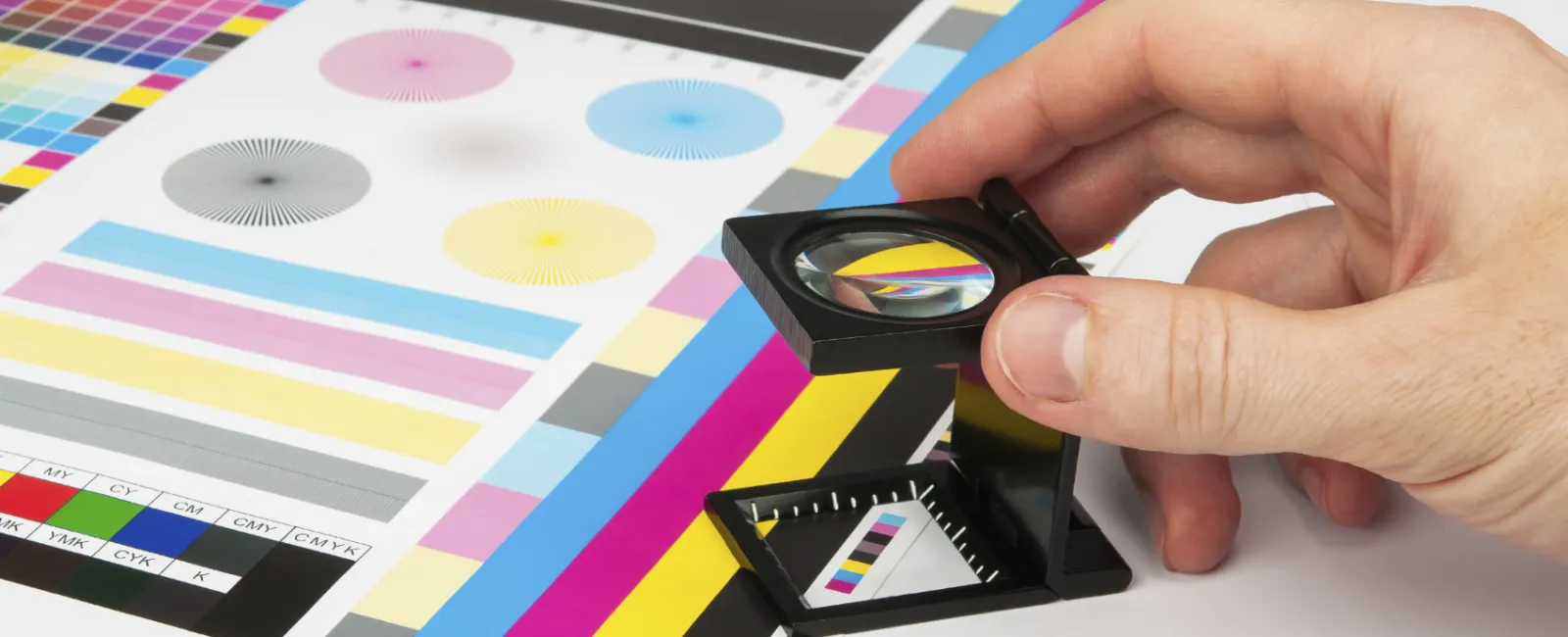What Are the Margins of a Book?
Book margins are the white spaces surrounding the text on a page. They frame the text, creating a visual boundary between the content and the edge of the page.
The design of a book goes beyond its cover. One crucial aspect often overlooked is the book's margins.
Proper book margins are not just about aesthetics. They play a vital role in the readability and overall experience of the reader.
From providing space for the reader's fingers to rest, to preventing text from disappearing into the spine, margins serve a functional purpose. They also contribute to the visual appeal of the page layout.
In this article, we delve into the importance of proper book margins, their impact on the reader's experience, and how to choose the right margins for different types of books.
Understanding Book Margins
Margins are not uniform. They consist of the top, bottom, outside, and inside margins, also known as the gutter. The gutter must be wide enough to accommodate the book's binding.
The size and symmetry of these margins can greatly influence the book's readability. They also play a role in the overall aesthetic and design of the book.
Choosing the right margins for a book is a careful balance between function and design. It requires understanding the purpose of each margin and how they interact with the text and the reader.
The Functional Role of Margins in Books
Margins serve a practical purpose in books. They provide space for the reader to hold the book without covering the text.
The inside margin, or gutter, is particularly important. It must be wide enough to prevent the text from disappearing into the book's spine.
Margins also accommodate elements like page numbers, headers, and footers. These elements should not intrude on the main text.
In academic texts and manuals, wider margins allow space for notes and annotations.
Standard Margin Sizes and Industry Recommendations
Industry standards suggest a minimum of a 0.5-inch margin on all sides for most books. This size ensures that the text is not cut off during the book production process.
However, larger books may require larger margins. This prevents the text from getting lost in the spine.
It's important to test margins in print proofs. This ensures they meet the intended design requirements.
The Aesthetic Value of Margins
Margins contribute to the overall aesthetics of a book. They can affect the reader's perception and experience.
White space provided by margins can reduce visual clutter. This enhances focus on the text.
The balance between text and margin space can influence the pacing and rhythm of reading. It's a subtle yet crucial aspect of book design.
Margins for Different Types of Books
Different types of books require different margin sizes. For instance, academic texts and manuals may need wider margins.
Children's books often have larger margins. This accommodates illustrations and a less dense text layout.
Here are some examples:
- Novels: narrower margins
- Textbooks: wider margins
- Poetry or experimental fiction: creative use of margins
- Children's books: larger margins for illustrations
- E-books: flexible margins due to reflowable text
The Impact of Margins on Book Design and Reader Experience
Margins play a significant role in book design. They contribute to the overall aesthetics and reader's perception of the book.
White space provided by margins can reduce visual clutter. This enhances focus on the text.
Margins also influence the pacing and rhythm of reading. The balance between text and margin space plays a key role here.
In addition, margins can contain elements like page numbers. These do not intrude on the main text.
Conclusion: Balancing Function and Design
Proper book margins balance function and design. They ensure readability, comfort, and aesthetic appeal.
Understanding and applying the principles of margin design is crucial. It contributes to the overall success of a book.
Do you have questions about book margins or book printing in general? Reach out to us at 866-938-3757 and we would be happy to help!
Take Care,
Rick




